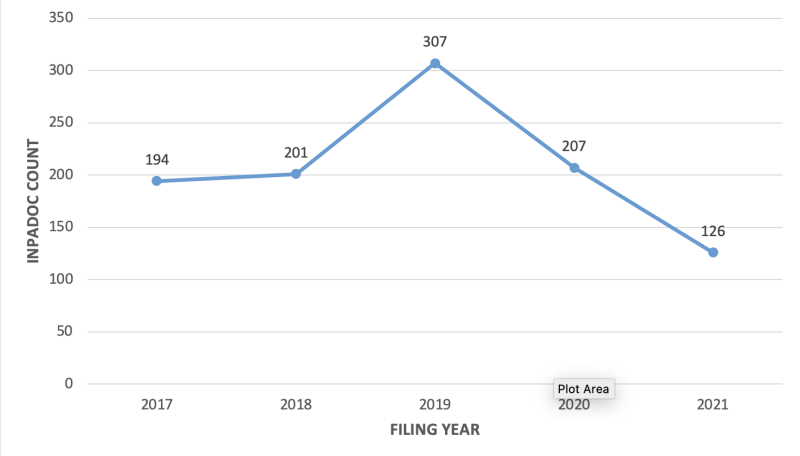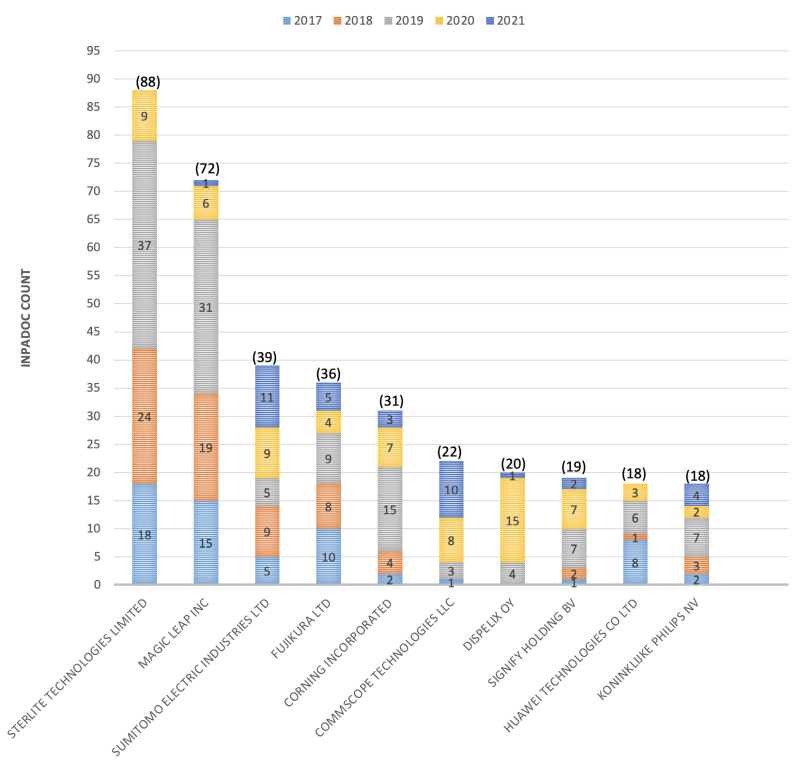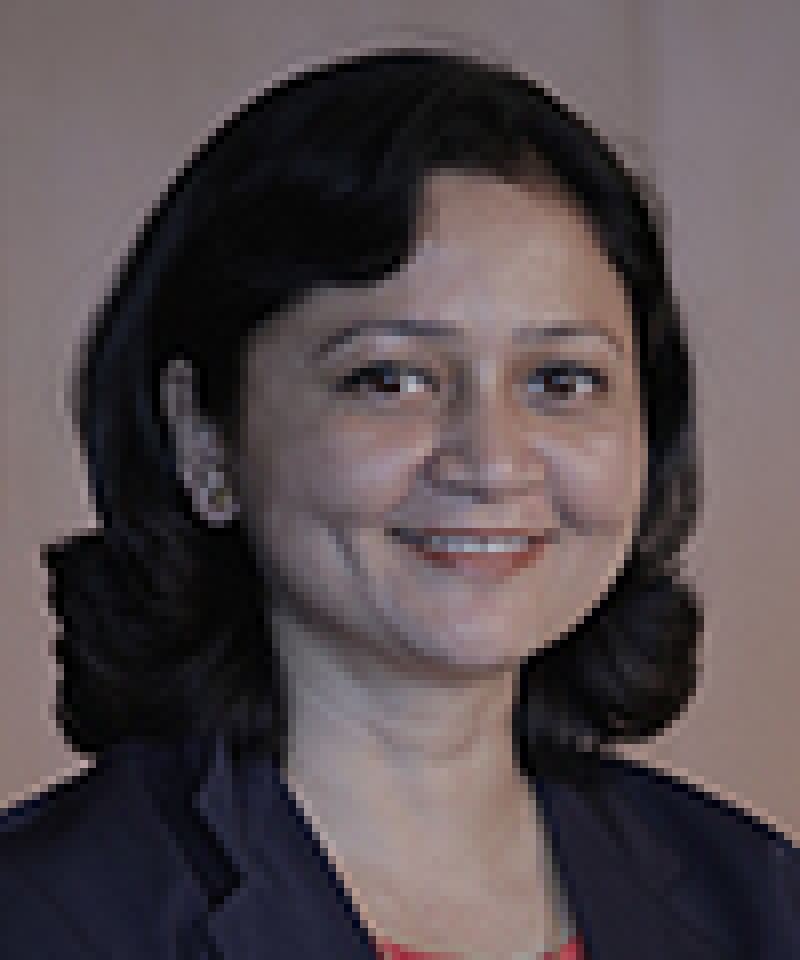Optical fibre technology has brought unparalleled progress in various industries ranging from telecommunications to medicine to defence and surveillance.
Excellent data transfer capabilities with enormous bandwidths and ultra high-speed transfers, low transmission loss as well as stronger security have led to its widespread adoption. That said, it is the telecom industry that is the dominant user of fibre optics and India is poised to roll out 5G services at the end of this year.
To address the soaring demand for high-speed data transmission, the Indian government along with private telecom players is making substantial investments in upgrading the country’s telecom infrastructure. The aim is to lay optical fibre in all 600,000 Indian villages, including those in very remote areas, by 2025.
From a practitioner’s perspective, it has been interesting to see how Indian patent filing trends have kept pace with technological and commercial developments.
Figure 1: Optical Fibres: Patent Filings

Source: Based on data obtained from Derwent Patent Database
Figure 1 depicts the actual number of published patent applications in India in the domain of fibre optics. 81% of patent filings in this area focus on optical fibres for application in the telecommunications industry, 13% of applications are filed for mechanical inspection and 6% relate to the medical industry. Maximum applications were filed in IPC classification G02B 6/44 relating to optical transmission cables followed by G02B 6/00 relating to light guides and other optical elements for e.g. couplings.
Between 2017 and 2019, there was a sharp uptick of 58% in applications numbers. The graph seems to dip after that, suggesting a drop in filings. However, data for 2020 and 2021 may be incomplete as application details are published 18 months from the date of filing/priority (whichever is earlier).
Nonetheless, if one compares India with the US and EP, there is much untapped potential in terms of patentees getting their inventions protected in India - as per published data, more than 8,000 and 2,000 optical fibre applications, respectively, have been filed in the last five years in the US and EP.
Figure 2 reveals the top filers relating to optical fibre patents in India in the last five years - 2017–21. Interestingly, the top filer - Sterlite Technologies - is an Indian multinational technology company; the second and fifth largest filers are US entities and the third and fourth largest filers are Japanese companies.
Looking at the corresponding filing figures of these entities in the US and EU, it is interesting to see that both are an important market for Sterlite - it has filed a total of 59 and 66 applications respectively in these jurisdictions between 2017–21.
Meanwhile, US-based Magic Leap seems quite focused on the Indian market - compared to 89 and 70 applications filed in the US and EU between 2017 and 2021, it has filed 72 applications in India in the same period. Indian filings by the remaining companies mentioned in Figure 2 are still some way off from their US and EU filings.
Figure 2: Top applicants

It is worth noting that there has been a rising trend in oppositions filed at the Indian Patent Office against inventions relating to optical fibres and related areas which is indicative of the awareness and competitiveness in the market. This is mirrored by an uptick in litigation and further increases on both fronts in the days ahead are anticipated.
As market trends such as widespread implementation of 5G services, increased adoption of fibre to home connectivity (FFTH), emergence of the internet of things, rise in investment in network infrastructure matched by government policy consolidate, and budget outlays expand, a growth in demand for optical fibres and, in turn, more innovation in this domain, seems a certainty.

Ritushka Negi
Partner
Remfry & Sagar
T: +91 124 280 6100
Ritushka Negi is a partner at Remfry & Sagar.
Ritushka’s practice focuses on many fields of technology including pharmaceutical and chemical patents, however, the telecommunications, automotive, medical devices, embedded systems, mechanical, electrical, electromechanical and computer science sectors are particular areas of expertise. She has over two decades of experience and manages a broad range of functions - advising clients on IP strategy, development and management of patent portfolios, commercialisation, and litigious matters. Her understanding of business exigencies, expertise in IP portfolio management as well as patent valuation skills ensure that clients’ interests are always well protected.
Ritushka has a master’s degree in computer science and a bachelor’s degree in law.

Mandeep Kaur Gill
Associate
Remfry & Sagar
T: +91 124 280 6100
Mandeep Kaur Gill is an associate at Remfry & Sagar.
Mandeep deals with patent prosecution and patent analytics - specifically novelty and inventiveness analysis - primarily in the domain of mechanical, electrical, electronics and telecommunications, electro-mechanical equipment and machines, automobile engineering, information technology, physics and renewable energy. She offers clients expert advice on matters pertaining to patent protection in India and on developing their patent portfolios.
Mandeep has a master’s degree in science (physics and electronics).












